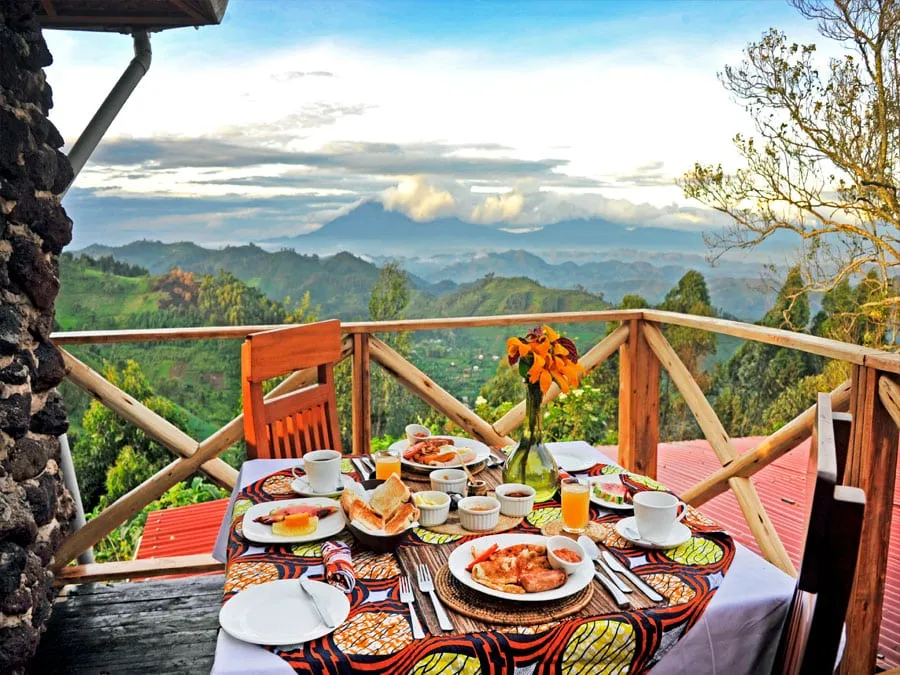
At the core of Zambian meals is nshima, a thick porridge made from ground maize, locally known as mealie meal. Nshima is more than just food; it is a cultural symbol and a daily staple, typically consumed twice a day.
The preparation of nshima involves boiling water and gradually adding maize flour until it reaches a dough-like consistency. It is traditionally eaten by hand, often accompanied by various relishes, which can include meats, vegetables, or legumes. The communal aspect of eating nshima reinforces social bonds, as families gather around a shared plate.
Zambian cuisine is diverse and reflects the country’s rich cultural heritage, primarily featuring maize-based dishes. Here are some of the most popular foods enjoyed in Zambia:
Staple Foods
- Nshima: A thick porridge made from ground maize, it is the cornerstone of Zambian meals. Nshima is typically served with various relishes, including meat and vegetables, and is eaten by hand.
- Ifisashi: A stew made from leafy greens and peanuts, often served with nshima. It can be vegetarian or include meat.
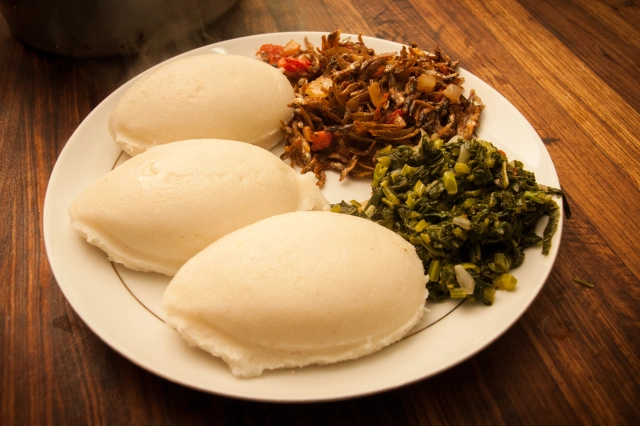

Vegetables
- Chibwabwa (Pumpkin Leaves): These are commonly cooked with tomatoes and onions, often served with nshima.
- Lumanda (Hibiscus Leaves): Known for their sour taste, they are often cooked with groundnuts and served alongside nshima.
- Kalembula (Sweet Potato Leaves): Typically fried and served with nshima and a protein dish.
Proteins
- Kapenta: Small fish from Lake Tanganyika, usually fried and served with nshima or as part of stews.
- Ifinkubala (Caterpillars): A popular delicacy, often fried and served with nshima.
- Vimbombo (Trotters): Animal feet cooked in a stew, enjoyed for their protein content and unique texture.

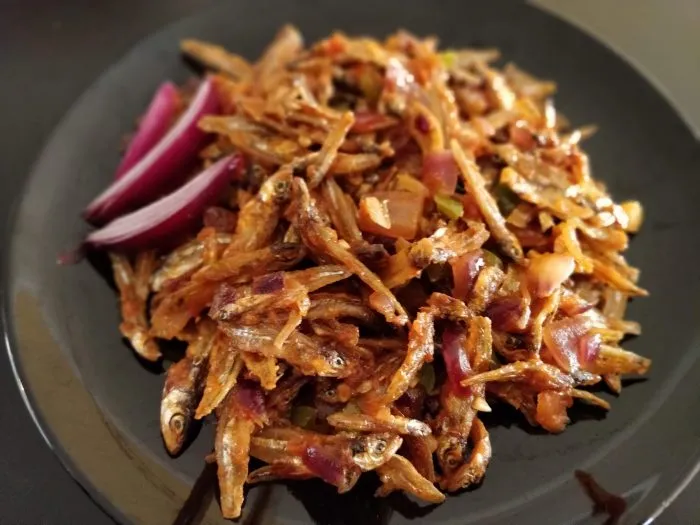
Snacks and Street Foods
- Vitumbuwa: Fried dough balls that are a popular snack, often found at markets.
- Samosas: Savory pastries filled with meat or vegetables, reflecting the influence of Indian cuisine.
- Chikanda: Often referred to as “African polony,” this dish is made from wild orchid tubers and peanuts, offering a unique vegetarian option.
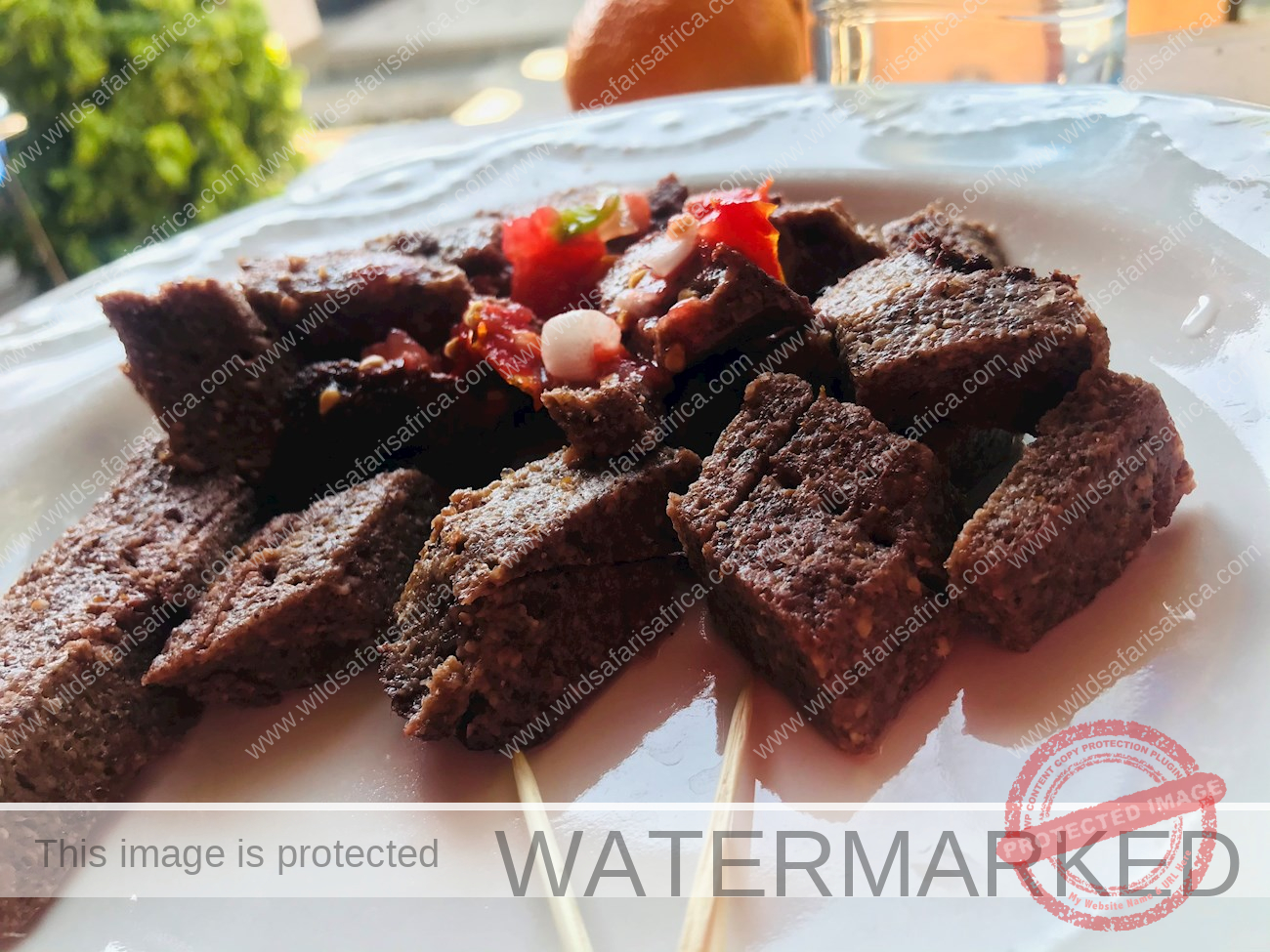
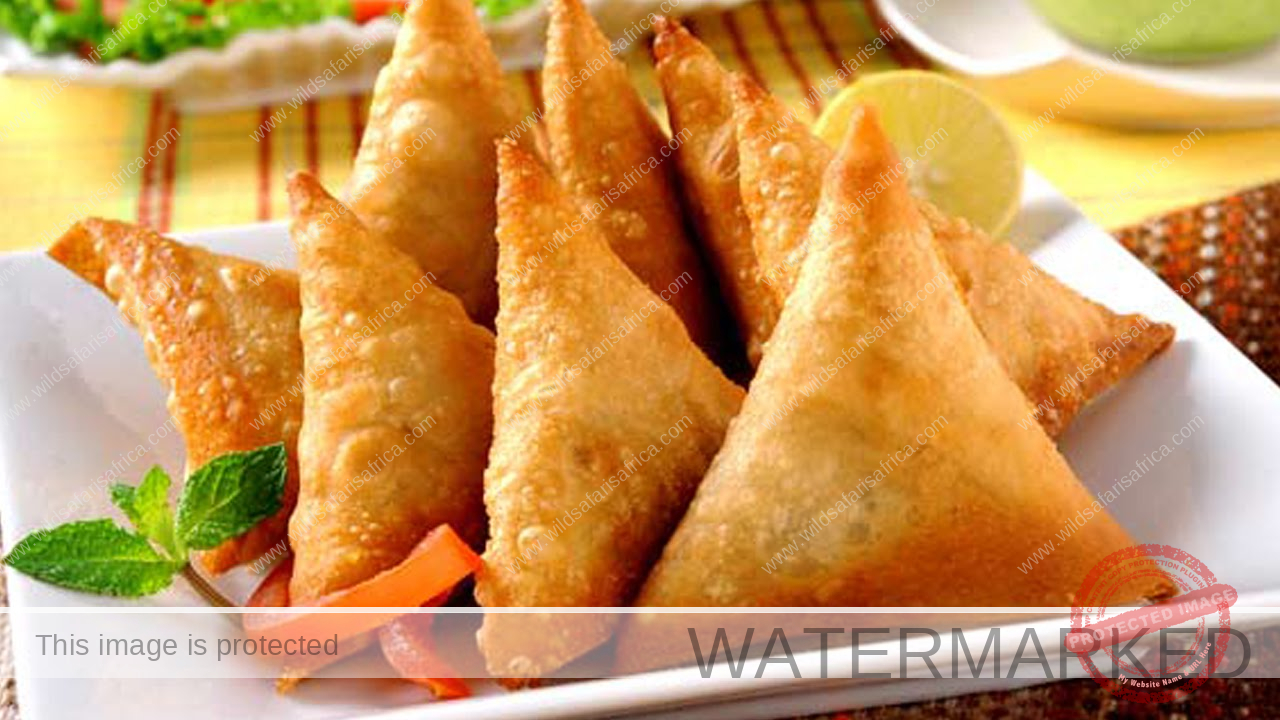
Fruits and Beverages
- Munkoyo: A traditional fermented drink made from maize, often enjoyed with meals.
- Seasonal Fruits: Include wild loquats and baobab seeds, which add variety to the diet.
Zambian food is characterized by its use of local ingredients and traditional cooking methods, making it a vital part of the country’s culture and daily life. Visitors are encouraged to explore these culinary delights to fully experience Zambia’s rich gastronomic landscape.
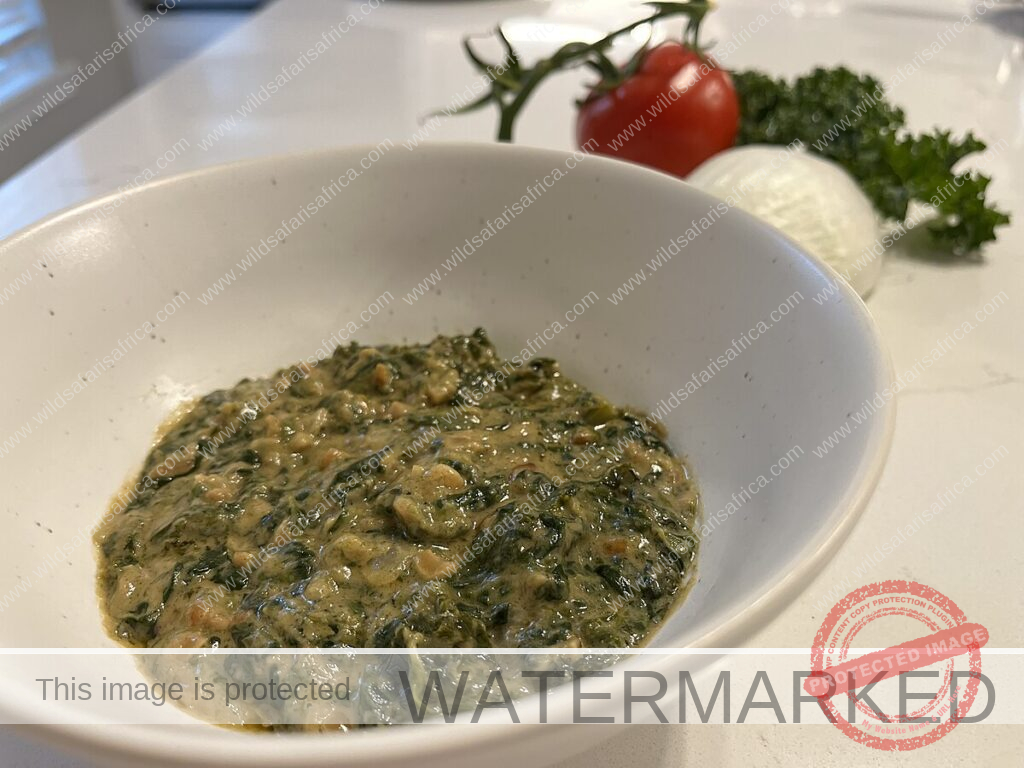

Zambian cuisine is a vibrant reflection of the country’s rich cultural diversity, shaped by its 72 tribes and abundant natural resources. Food plays a central role in Zambian life, serving not just as sustenance but also as a means of social connection and cultural expression. This blog article explores the staple foods, traditional dishes, and the cultural significance of food in Zambia.
Food and Cultural Significance
Food in Zambia is deeply intertwined with cultural practices and social events. For instance, during weddings, traditional dishes are served to honor guests and celebrate the union. The kitchen party, a pre-wedding event, focuses on teaching the bride-to-be how to prepare traditional meals, emphasizing the importance of cooking skills in Zambian society.

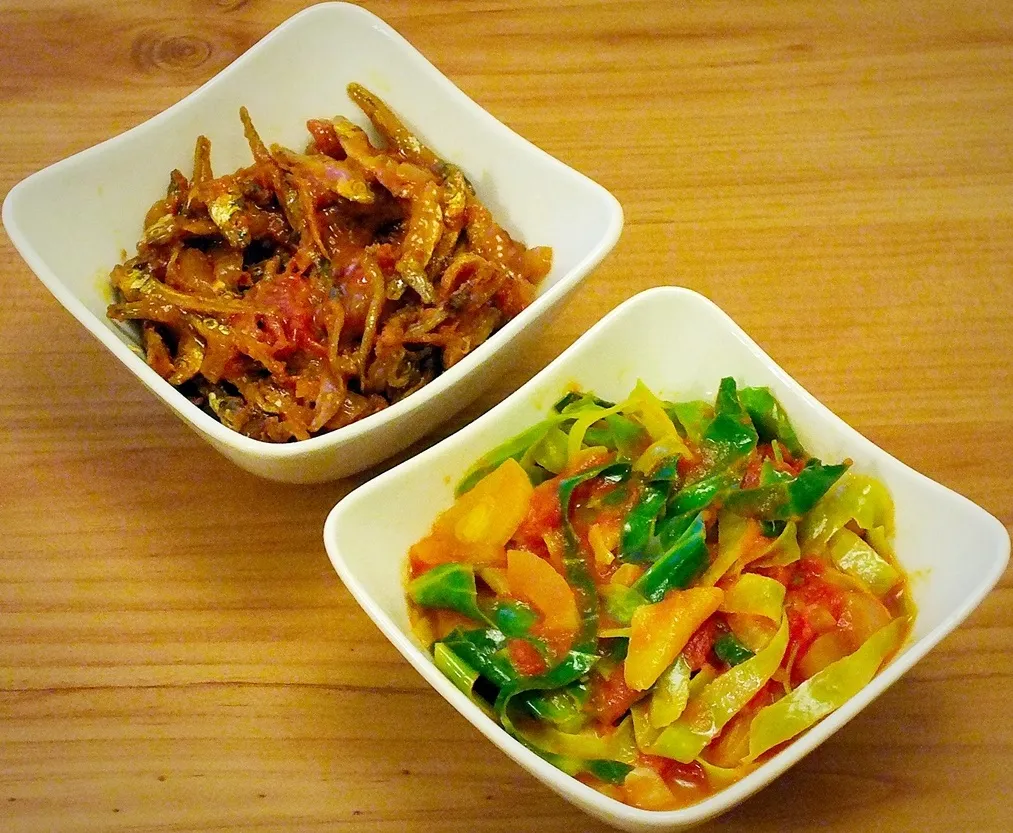
Moreover, food gatherings are common during community events, reinforcing social ties and cultural identity. The act of sharing meals fosters unity and strengthens relationships among family and friends.
Conclusion
Zambian cuisine is a rich tapestry of flavors, ingredients, and cultural practices that reflect the country’s heritage and diversity. From the staple nshima to the vibrant relishes and street foods, every dish tells a story of the land and its people.
Exploring Zambian food offers not only a culinary adventure but also a deeper understanding of its culture and traditions. Whether you’re a food enthusiast or a curious traveler, savoring the delights of Zambian cuisine is an experience not to be missed.



